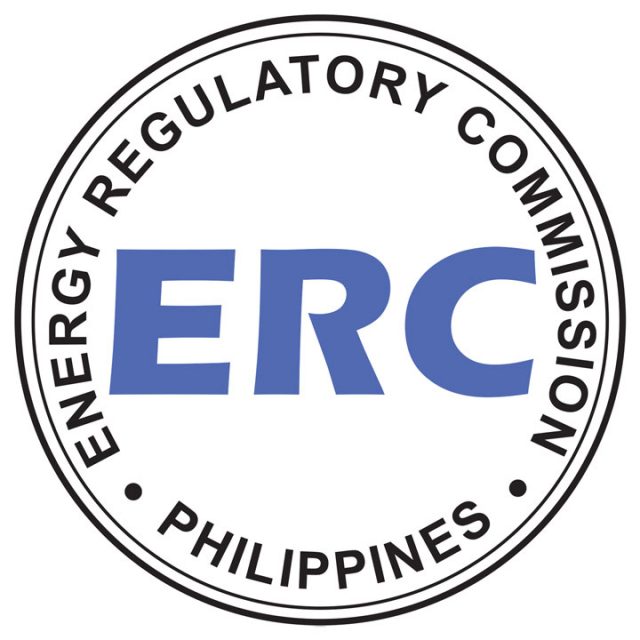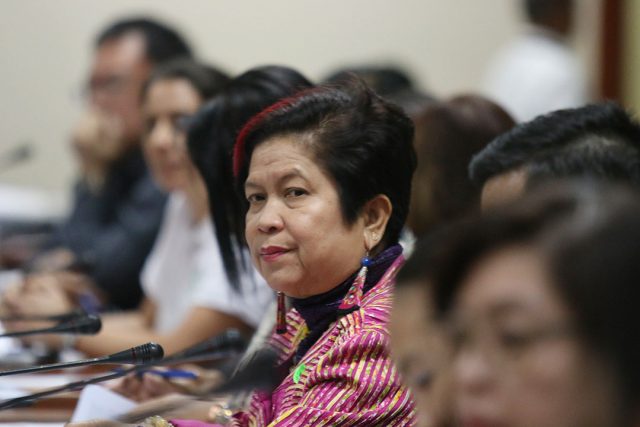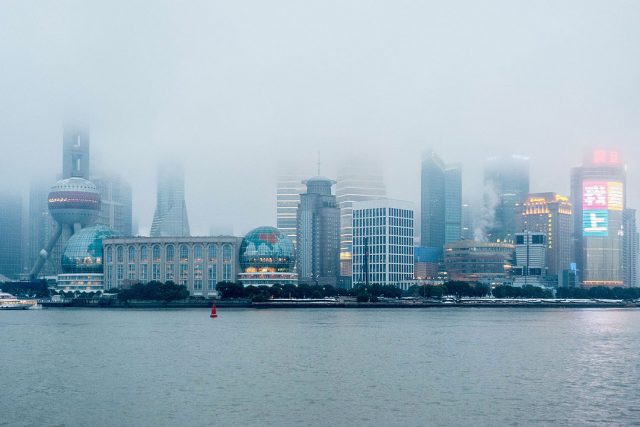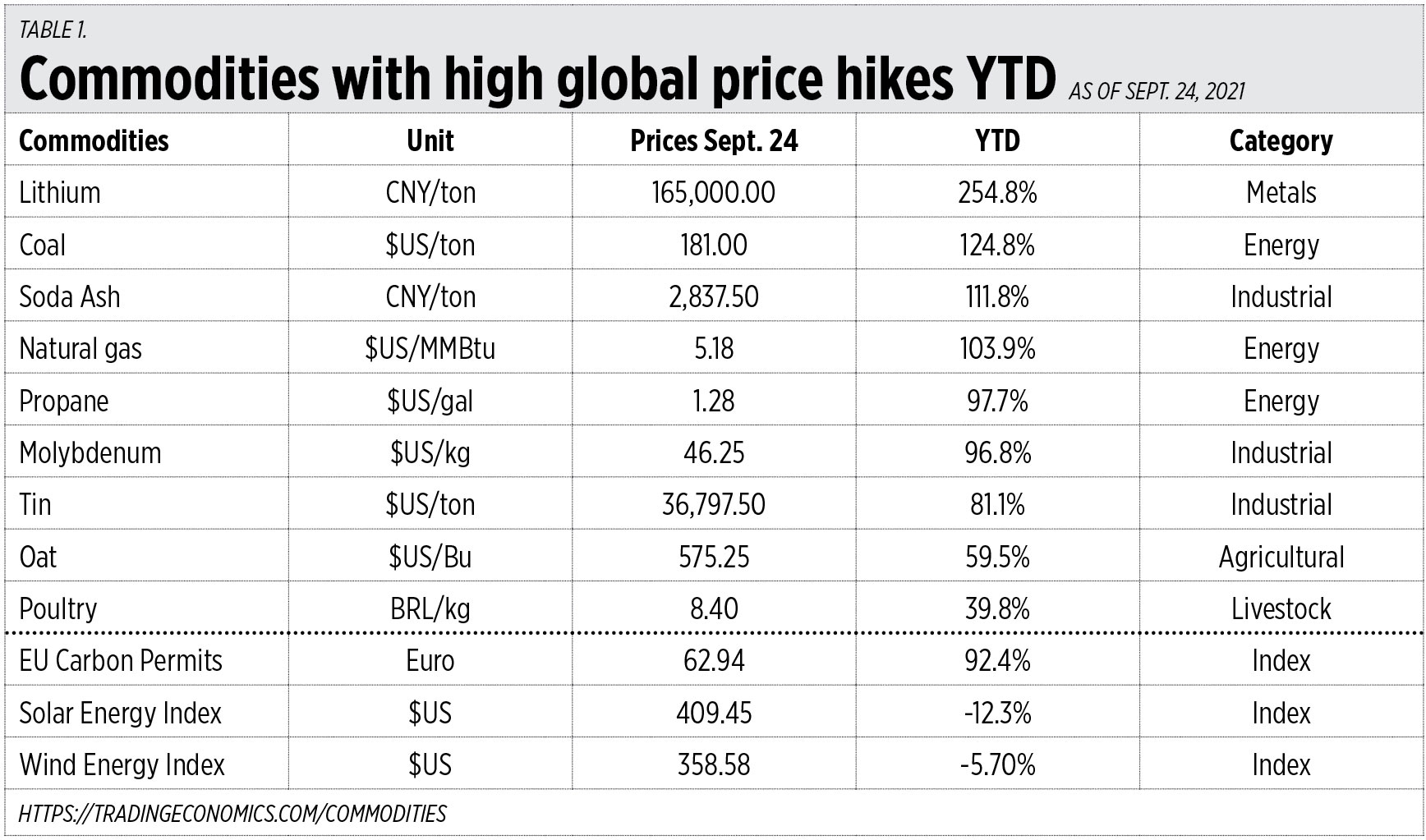There is a Chinese idiom known as “riding the tiger.” It says he who rides the tiger stays on the back of the tiger because he is afraid to dismount as getting off it could be detrimental to his aspirations or career, even threatening to his life. John F. Kennedy, President of the United States, had a word of advice though for riders of tigers. At his inauguration, he warned, “Remember that in the past those who foolishly sought power by riding the back of the tiger ended up inside.”
There are several chapters in Philippine history that tell the story of such tiger riders. There were the Supreme Court justices, generals, provincial politicians, and technocrats who rode the Marcos tiger. When Marcos placed the country under martial law and went on a rampage of plunder and viciousness, the lackeys stayed on the back of the tiger to continue to enjoy power, privilege, and perks.
When the people decided they have had enough of pillage and brutality, they chased Marcos out of the country. The subservient Supreme Court justices, bootlicking generals, backslapping politicians, and the slavish technocrats found their lavish careers abruptly terminated, their reputation shattered. Branded as “mga tuta ni Marcos” they were ostracized by civil society.
There were the fawning senators during the presidency of Joseph Estrada. To retain their influence and enjoy the favors of Estrada, they chose to stay on the back of the Estrada tiger even when his extensive involvement in illegal gambling had been exposed. History has labeled them the Craven Eleven, most of them suffering the end of their political life when Estrada was ousted from the presidency.
But there were also who dismounted the tiger before the tiger could bring them to perdition. Among the technocrats President Marcos recruited from the academe to serve in his government was University of the Philippines Law Professor Rafael Salas. He appointed him as executive secretary and as chief action officer of the National Rice Sufficiency Program.
But after serving for three years with distinction. Salas resigned due to irreconcilable differences with President Marcos. His dismounting the Marcos tiger did not hold back his career and aspirations, nor did it threaten his life. He took on a better job somewhere, the newly created position of executive director of the United Nations Population Fund, a job he held until his death.
Like Marcos before him, President Estrada brought into his Cabinet brilliant men with extensive experience and creditable performance in their respective fields — foreign relations, education, banking, labor, energy, and governance. Among them was another academic, Aprodicio Laquian, professor emeritus at the University of British Columbia. President Estrada named him his chief of staff in an attempt to counter Cabinet infighting and bring direction to the fumbling administration.
Just weeks into his job, Laquian said in jest before the members of the Manila Overseas Press Club that President Estrada decided government policy while stone drunk every night with his so-called “midnight Cabinet.” Laquian was fired hours after he cracked the joke.
Maybe there was some truth to Laquian’s joke as Estrada’s Cabinet secretaries, many of them his former high-school classmates, left his government one by one. Perhaps, in order not to give the impression they were resentful of Estrada’s favoring his midnight drinking buddies over them when it comes to government policies, the men gave as their reasons for resigning “failing health, family demand, call of private sector, or to ride into the sunset,” avoiding drawing the spiteful reaction that Laquian got.
Like her predecessors, President Gloria Macapagal Arroyo brought into her Cabinet the best and the brightest. One of them was Simeon Marcelo. She first appointed him Solicitor General, then Ombudsman.
As Ombudsman, Marcelo supervised the prosecution of major high-profile cases before the Sandiganbayan. After successfully handling before the Supreme Court other major cases. Marcelo, surprisingly tendered his irrevocable resignation as Ombudsman.
In his letter to President Arroyo, Marcelo said his seven-day workweek since he joined the government had left him “physically and mentally exhausted.” But rumor had it that Marcelo got off the Arroyo tiger, so to speak, not for reasons of health, but because he had had enough of Arroyo telling him to go easy on the prosecution of some cases.
But then there were the Hyatt 10 — 10 members of the Arroyo Cabinet who gathered together in Hyatt Regency Hotel to declare their collective resignation without couching their reason in polite and cordial terms. They broke away from her when her attempt to influence the results of the 2004 presidential election was exposed. And they told her why in no uncertain terms, unmindful of the spite expected from a known vindictive woman.
In a statement, the Hyatt 10 said they were not making any judgments on the Hello Garci and jueteng controversies as the law provides a proper forum to resolve those issues. Instead, they focused on Arroyo’s leadership and credibility.
They declared: “The President can be part of the solution to this crisis by making the supreme sacrifice for God and country to voluntarily relinquish her office and allow her constitutional successor, the Vice-President, to assume the Presidency. Resignation is a legitimate constitutional option for effecting leadership change. Given the crisis in the Presidency, this is the least disruptive and painful option that can swiftly restore normalcy and eventually bring us to prosperity.”
The voice and face of the Hyatt 10 was Corazon “Dinky” Juliano Soliman, Arroyo’s Secretary of the Department of Social Welfare and Development. When the opposition forces gathered together at the Club Filipino in 2007 to form a united senatorial ticket for the general elections that year, someone nominated Dinky, who was presiding over the meeting.
She declined, saying “GMA would have me killed.” As if to clarify that she was just being rhetorical, she said she knew that GMA would use all in her power to prevent Dinky from holding any position in government. Besides she was not interested in any job other than serving the poor and the underprivileged, she told the assembly.
Dinky went to the University of the Philippines, Diliman to earn a Bachelor’s degree and a Master’s degree, both in Social Work. And she went into social work after earning those degrees. That is how Arroyo got to know her. As President Estrada’s Secretary of Social Welfare and Development, Arroyo got exposed to Dinky’s work. I remember her telling reporters right after she was sworn in as president, “I have not told Dinky Soliman this, but I am appointing her as Secretary of the Department of Social Welfare and Department.”
And when Benigno Aquino III became president, he gave Dinky back her former job in the Arroyo government. When the PNoy administration completed its term, Dinky went back to community service.
As the Senate resolution honoring Dinky, said: “Sec. Dinky left nothing materially but so much in the respectful affection of all who worked, dreamed and fought with her causes and advocacies. Her passing ends a chapter in the country’s civil society sector. Her untimely death as an exemplary public servant and social worker, the first responder on the ground and the last person to leave the disaster-stricken area, is a great loss to the Filipino people and the nation as well, particularly in this time of crisis and upheaval.”
I say AMEN.
Oscar P. Lagman, Jr. is a retired corporate executive, business consultant, and management professor. He has been a politicized citizen since his college days in the late 1950s.
















